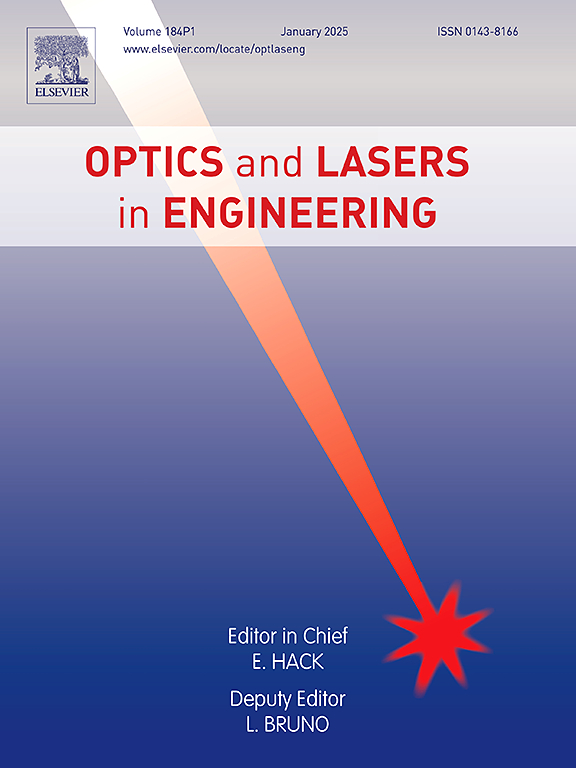Improved acquisition performance of inter-satellite laser communication system through non-mechanical adaptive beam control
IF 3.5
2区 工程技术
Q2 OPTICS
引用次数: 0
Abstract
Laser link exhibits significant potential to be applied to establish the inter-satellite optical communication network due to its high capacity and bandwidth. However, small divergence of the laser beam brings challenges to acquire the receiver with platform vibration, which may result in an acquisition failure or long acquisition time. Previous investigations have not systematically explored the adaptive beam control technology, which is an effective solution to improve acquisition performance of inter-satellite laser communication. The related analytical model and experiments are presented in this paper. The analytical model for variable divergence scanning along different trajectories is proposed to predict more precisely the acquisition failure probability and the acquisition time. To achieve the adaptive beam control nonmechanically, the lens based on liquid crystal on silicon (LCoS) is employed innovatively in the laser communication system. The tunable divergence and improved acquisition performance are validated experimentally. The large tunable range (0.423 - 58 mrad), high stability (±4 µrad) and easy-integration of LCoS lens make it satisfy requirements of satellite. This research contributes to improve the acquisition performance of inter-satellite laser communication with adaptive beam, offering solutions for the future satellite optical network.
采用非机械自适应波束控制提高星间激光通信系统的捕获性能
激光链路由于其高容量、高带宽的特点,在建立星间光通信网络方面具有巨大的应用潜力。然而,激光束发散度小给具有平台振动的接收机采集带来了挑战,可能导致采集失败或采集时间过长。自适应波束控制技术是提高星间激光通信捕获性能的有效解决方案,但以往的研究尚未对该技术进行系统的探讨。本文给出了相关的分析模型和实验结果。为了更精确地预测捕获失败概率和捕获时间,提出了沿不同轨迹的变发散扫描解析模型。为了实现非机械的自适应光束控制,在激光通信系统中创新性地采用了基于硅基液晶(LCoS)的透镜。实验验证了发散可调和采集性能的提高。大的可调范围(0.423 - 58 mrad),高的稳定性(±4µrad)和易于集成的LCoS透镜使其满足卫星的要求。该研究有助于提高星间自适应波束激光通信的采集性能,为未来的卫星光网络提供解决方案。
本文章由计算机程序翻译,如有差异,请以英文原文为准。
求助全文
约1分钟内获得全文
求助全文
来源期刊

Optics and Lasers in Engineering
工程技术-光学
CiteScore
8.90
自引率
8.70%
发文量
384
审稿时长
42 days
期刊介绍:
Optics and Lasers in Engineering aims at providing an international forum for the interchange of information on the development of optical techniques and laser technology in engineering. Emphasis is placed on contributions targeted at the practical use of methods and devices, the development and enhancement of solutions and new theoretical concepts for experimental methods.
Optics and Lasers in Engineering reflects the main areas in which optical methods are being used and developed for an engineering environment. Manuscripts should offer clear evidence of novelty and significance. Papers focusing on parameter optimization or computational issues are not suitable. Similarly, papers focussed on an application rather than the optical method fall outside the journal''s scope. The scope of the journal is defined to include the following:
-Optical Metrology-
Optical Methods for 3D visualization and virtual engineering-
Optical Techniques for Microsystems-
Imaging, Microscopy and Adaptive Optics-
Computational Imaging-
Laser methods in manufacturing-
Integrated optical and photonic sensors-
Optics and Photonics in Life Science-
Hyperspectral and spectroscopic methods-
Infrared and Terahertz techniques
 求助内容:
求助内容: 应助结果提醒方式:
应助结果提醒方式:


